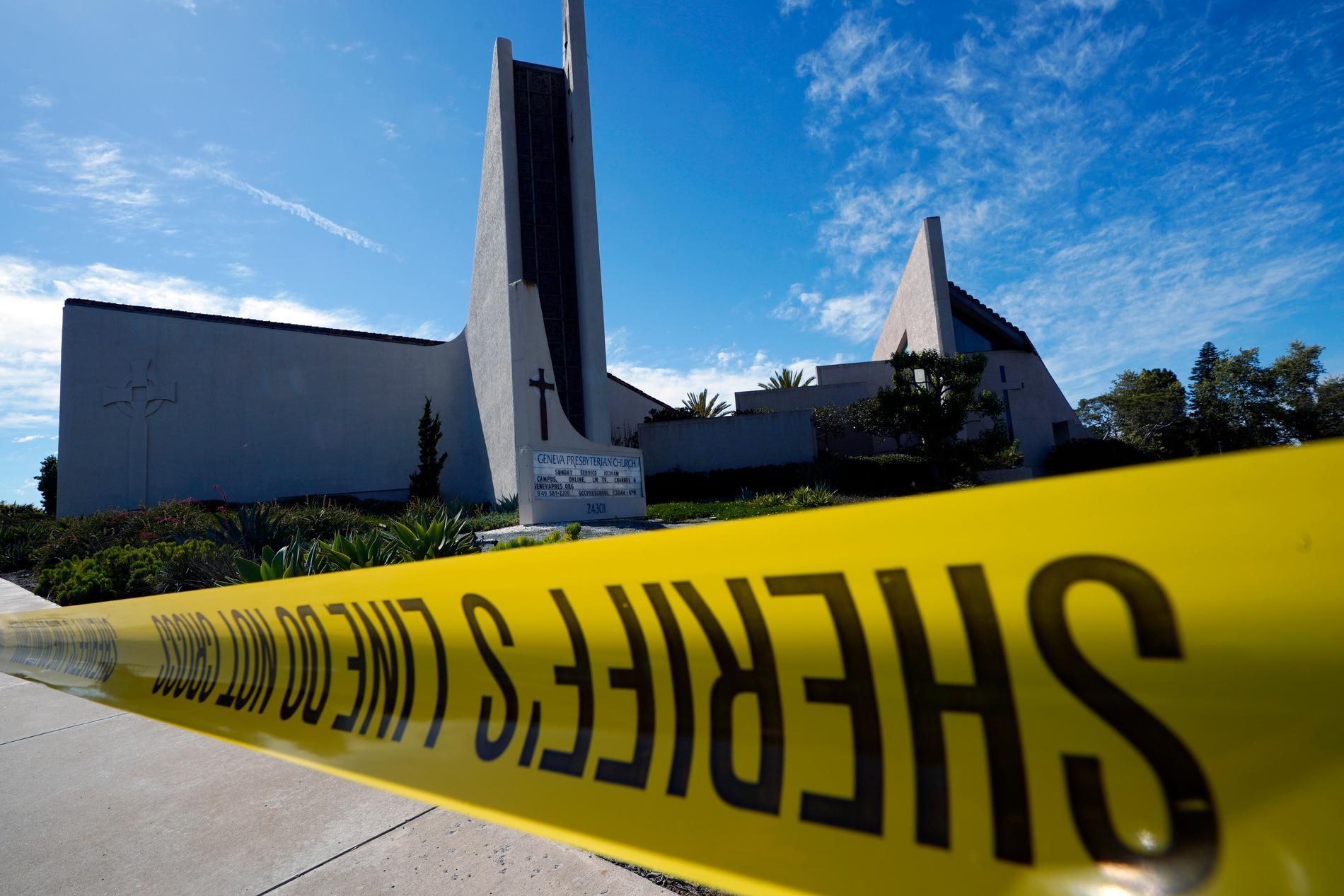In 2004, American astronomers discovered an unseen place in the sky: it was a new asteroid, which in itself is not unusual. But this asteroid is special: preliminary calculations show that there is a 2.7% chance that it may fall to Earth in April 2029. Everything becomes clear after two years, thanks to more detailed observations. The 350-meter-wide asteroid, now called Apophis, would miss Earth, though barely.
“Apophis will pass Earth in a geostationary orbit at a distance of 30,000 km. You will be able to see them, for example from the Middle East or from Eastern Europe. It will be relatively bright, which means you can see it with the naked eye. naked eye or with binoculars,” said Wisnu Reddy, one of the participants at the Apophis T minus seven conference.
Can small objects sneak through the monitoring network?
Although the impact is now considered unlikely, astronomers have been preparing for the event with a simulation game. Reddy is one of 100 researchers around the world who are now discussing for the third time how Earth can detect and defend against potentially dangerous asteroids. The result: Only if current research telescopes continue to receive sufficient funding will there be a chance of finding smaller fragments.
“We have the tools and techniques to detect a celestial body the size of Apophis. Smaller objects are a challenge. A 140-meter asteroid can destroy a large country or completely wipe out a small country. We have to find these pieces! And then we need to study it in enough detail to calculate its orbit after the next hundred years.
Osiris Rex on a flying visit
While most asteroids in the 300-meter Apophis class are known today, astronomers only know about ten percent of all objects that are only half the size. To better understand the mechanical properties of this asteroid in the event of an emergency, NASA wants to observe Apophis directly during its flight in 2029: the US space agency will send the OSIRIS-REx spacecraft to Apophis, which is still operating its way back from another asteroid.
Michael Nolan led the science team for the mission: “We rarely experience something this big. Above all, we want to understand how sunlight changes asteroids. Its surface may be slightly exposed during its flight. While we didn’t think Abiba’s form would change so dramatically, there was a small landslide.”
What precautions might work?
The spacecraft is scheduled to arrive at Apophis after three oscillating maneuvers on Earth in April 2029, immediately after a close flyby. OSIRIS-REx is designed to take pictures and possibly scratch surfaces with a robotic arm to answer an important question: How strong is the material? How would an asteroid like Apophis react if an explosive or nuclear weapon exploded in an emergency? These questions are still open.
Michael Nolan: “As far as we know today, we have to be very careful because we don’t understand asteroids very well. Once we study them carefully, we may someday be able to distract them with a simple, nonviolent act. .”
–


